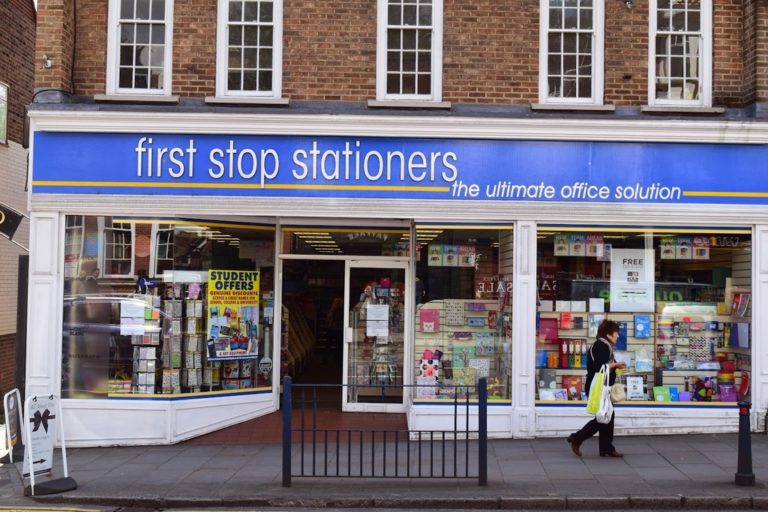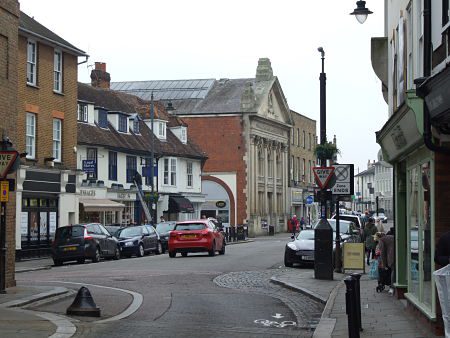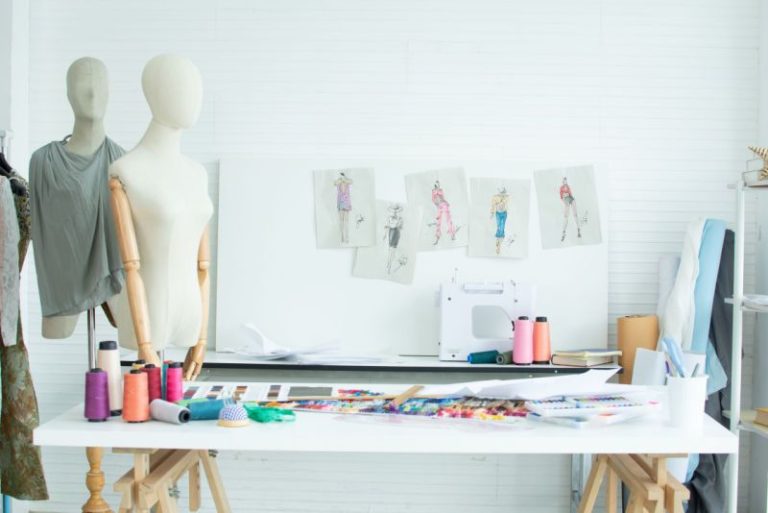Lamination
The process of sealing documents or items between film to create a clear, plastic coating (often by heat) resulting in a document which is stronger, more durable, and resistant to humidity, water and stains.
Lamination films are measured in microns and are sometimes shown as 2 x 80 (80 micron x 2 films, so 160 micron in total).
Pouch: Most popular office-based laminating system using pre-cut, open on three sides which are passed through a laminating machine with heat to seal them.
Roll Lamination: Using rolls of film rather than pouches, documents are placed between the two rolls of film, passed through the laminator and then cut to size; great for volume production.
Cold Lamination: using self-seal pouches, you press the two sticky sides of film together; suitable for use by children, or if you don’t have power or when the document being laminated is sensitive to heat.






